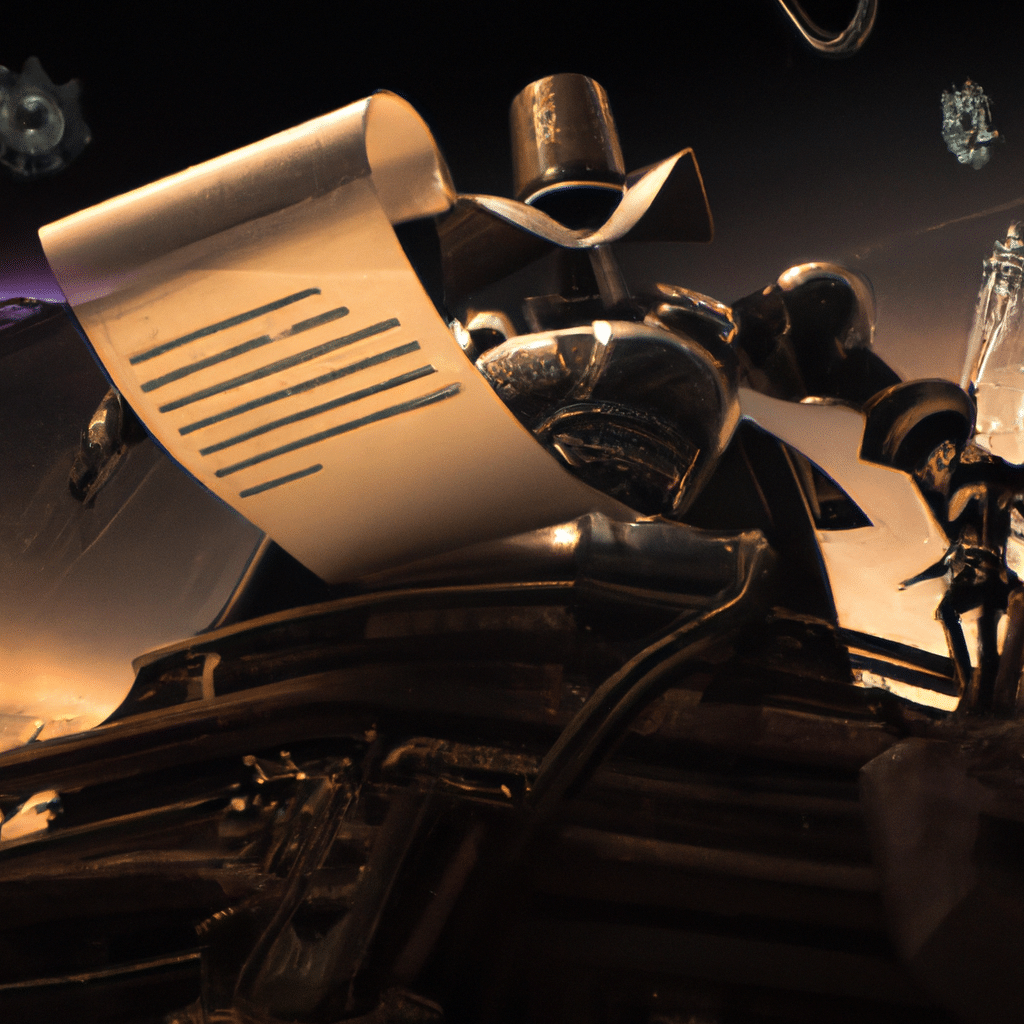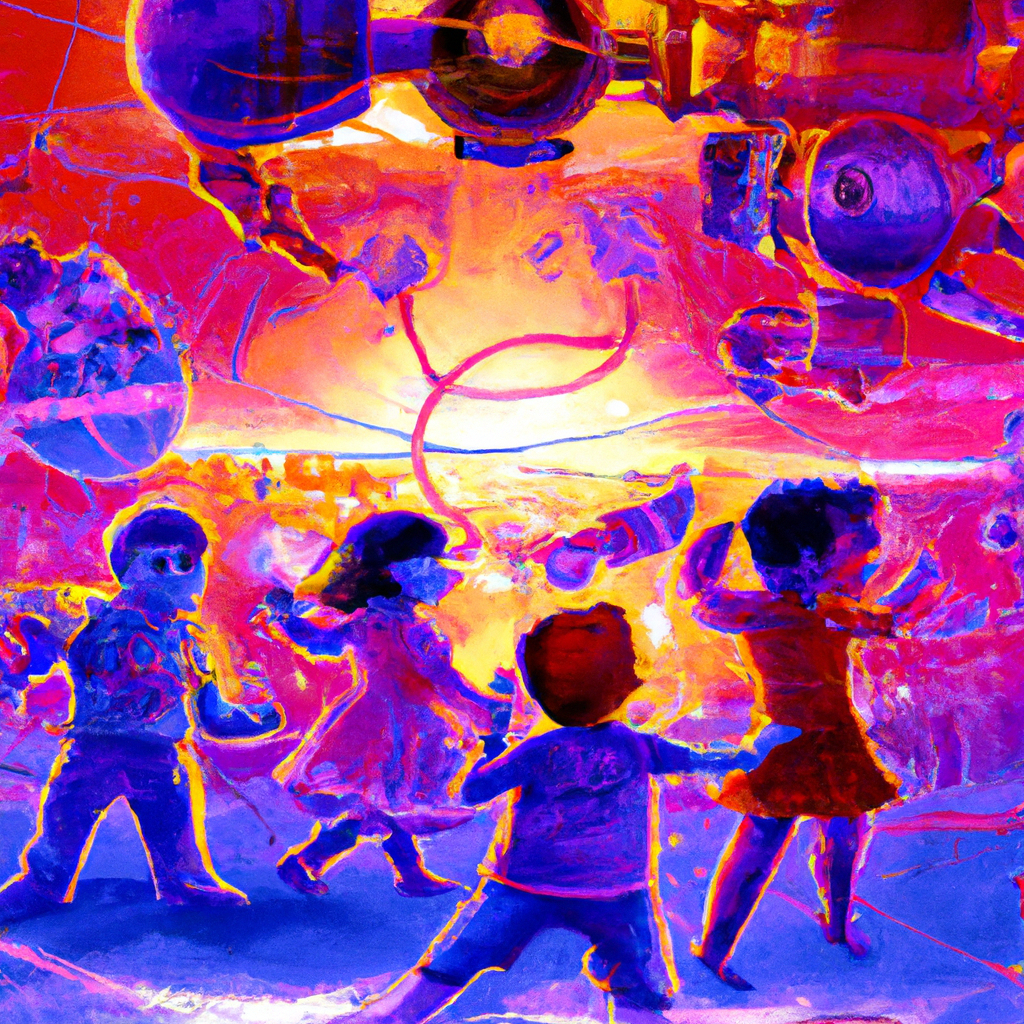AI’s “I Didn’t Mean to, Your Honor” Moment
Ahoy there, landlubbers! Our trusty AI’s been hit with a serious case of “mistaken identity” – or copyright infringement, if you want to get all picky about it. Here’s the scoop: New York Times, you know, that small fish in the journalism pond (wink wink), went all “objection, your honor” on OpenAI and Microsoft late last year. The whole ruckus was about unauthorized usage of Times’ articles to train OpenAI’s large language models (LLM). Even ChatGPT, OpenAI’s prodigious child, didn’t escape the fray!
When AI’s Homework Included NYT’s Articles
- The Claim: The Gray Lady (that’s the New York Times for those not in the know) decided enough was enough and threw the book at OpenAI and Microsoft for copyright infringement. Allegedly, OpenAI has been sneaking peeks at Times’ published work to teach their AI wunderkind, the Large Language Models (LLM).
- The Accused: OpenAI, helmed by Sam Altman, was taken to task, with Microsoft added to the “naughty” list. But even ChatGPT, the virtual brainchild of OpenAI, couldn’t dodge a bullet. Look’s like ChatGPT’s excellent text predictions might have landed it in hot water!
- The Implications: If copying homework is a sin, then OpenAI might be looking at a long confession! The lawsuit indicates that copying (or training, in AI terms) might not be as legal or ethical as originally thought, sparking a potential AI Armageddon in terms of legality.
It’s Not Cheating, It’s “Training”
I mean, let’s take a step back for a sec. You remember the kid in school who’d always copy your answers? It was pretty annoying, right? But what if that kid wasn’t really copying, but training to learn? Now before you call me crazy, that’s just what OpenAI might argue in court.
To wrap it up, it looks like artificial intelligence has stepped on the legal minefield. Our dear AIs, as learning junkies, may have unknowingly (or knowingly?) used the New York Times content for a bit of light reading – or heavy training. Whatever you call it, it’s kicked up a legal storm that could redefine what’s fair play in AI training. So remember, the next time your AI buddy starts going all “I’ve seen that before”, you might want to check if it’s been cramming NYT articles for breakfast.
As part of this experiment I would like to give credit where credit is due. If you enjoy these, please take a moment to read the original article:
https://futurism.com/openai-content-new-york-times-lawsuit
Blog Title
AI: gpt-3.5-turbo-0613: chatcmpl-8fUAppjIyZOoAZrIP8zUBd9hmkbP1
Instruction: “You are an AI blog title generator. Create a catchy and concise title for the blog post that is catchy and optimized for search engines. Remove all html in the response and do not use quotes. Please do not use words that are unsafe to process in Dall-E image AI.”
Prompt: Content Summary of text from above.
Response: AI’s Unintentional Copyright Woes: The New York Times vs. OpenAI
Image Description
AIgpt-4-0613:chatcmpl-8fUAwFmXMEmFiBpOd7SS0s8f5fGj5
Instruction: “You are a helpful assistant that creates unique images based on article titles. Create a brief visual description of what an image would look like for this title. Please pick a style of art from the following: Futurism, Impressionism, Romanticism, or Realism, be sure to consider the image should reflect an AI Robot Pirate theme during the Golden Age of Pirates.”
Prompt: The image designed in a Futurism style depicts a large, metallic AI robot pirate, whose parts are designed like technology from the Golden Age of Pirates. The robot, wearing a tricorn hat, is poring over a massive parchment, which represents a copyright document.
In the background, there are two prominent structures denoting the involved entities: a futuristic digitized interpretation of the New York Times building, emanating with factual information, and on the other side, an ultra-modern building symbolizing OpenAI, radiating innovation.
The pirate’s glinting eye is glued between these two structures, caught in the ethical conundrum of copyright, symbolic of AI’s dilemma. The digital sea around the pirate is whirling with data fragments and programming codes. The scene depicts a collision of past and future, centering around the issues of AI and copyright.
Response: AI’s Unintentional Copyright Woes: The New York Times vs. OpenAI



